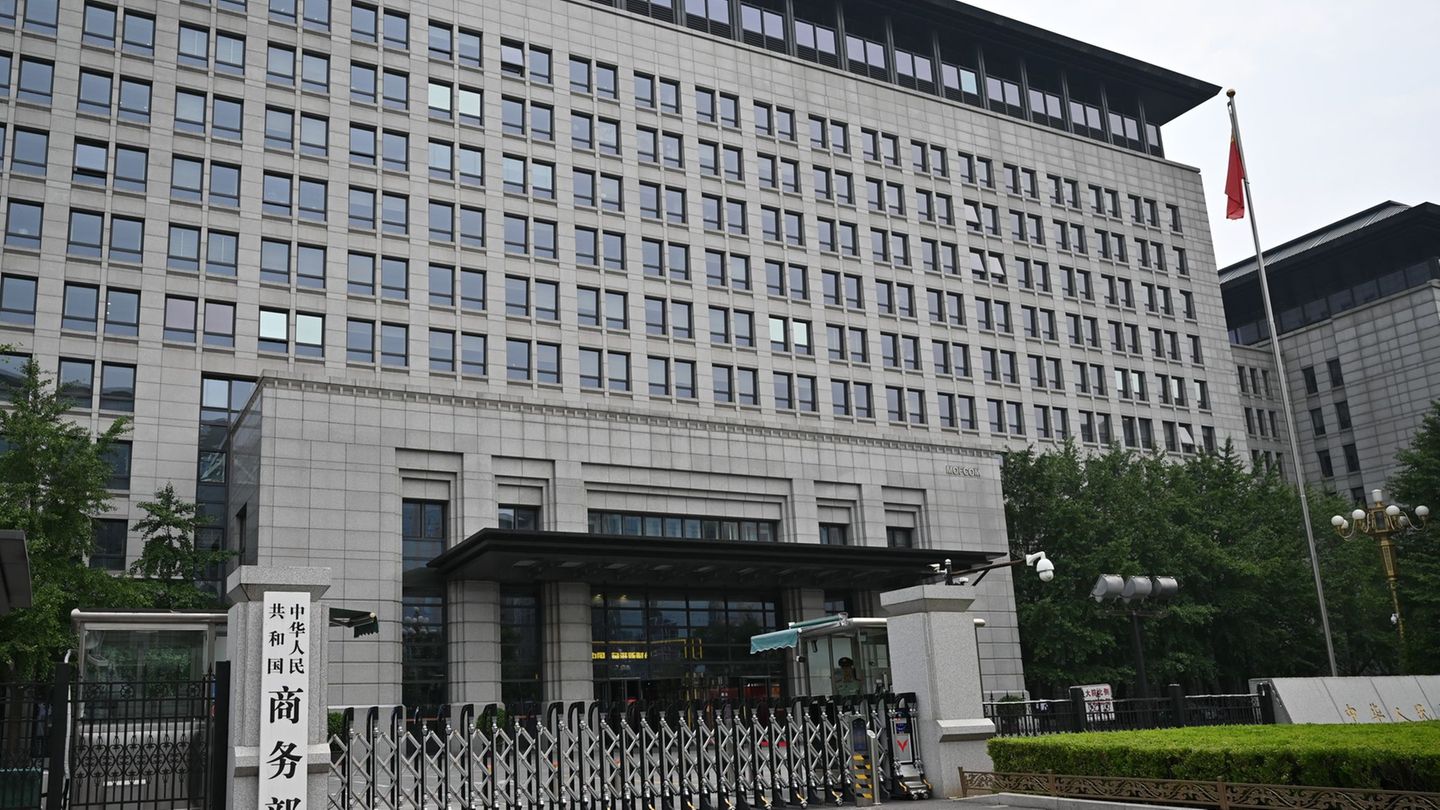TO One month after the launch of the second phase The stabilization program (“zero emission”) of the Minister of Economy, Luis Caputo, shows partial compliance since there is still issuance, but, despite this, the Central Bank (BCRA) continues to seek to close the main emission taps of recent years. This is highlighted by a Lambda Consultants report which anticipates that, going forward, there will be additional pressure on alternative dollars.
The work of the consulting firm he runs Maximiliano Ramírez, who is also chief economist of the Indalo Groupmentions that, Although July inflation was the lowest of the year, it was above government projectionsparticularly in the core, and explains that “this high floor is associated with services and is the flip side of recovery.” Thus, they indicate that the high floor anticipates doubts about the exchange rate scheme and that wholesale inflation leaves a heavy floor for August.
“Wholesale inflation in July accelerated compared to the previous month. The largest price increase It is due to the rise in prices of national products, while imported products have been alternating increases and decreases. in the previous months, implying that on average they have been moving at a pace similar to the crawl that the BCRA has been carrying out,” indicates the report prepared by Ramírez and Fernando Morramanaging partners of the consultancy.
Wholesale inflation leaves a heavy floor for August
The report mentions that The Consumer Price Index (CPI) recorded a rise of 4% in June, a slowdown of 0.6 percentage points compared to the previous month. Although the data confirms what the Minister of Economy had predicted (the lowest monthly inflation of the year), it is above the estimates circulating from officials of the Central Bank (BCRA). Perhaps the figure that most worries the Government is that of core inflation, where a 3.2% was projected instead of the 3.8% that finally occurred.
Thus, the consultancy firm assures that “Inflation appears not to be falling as quickly as the authors of the document projected” and they point out that the high base in core inflation emerges mainly from services. In this sense, they diagnose that “non-tradable” inflation within the country is traveling at a rate well above the general rate and more similar to the rate of growth of formal wages.
“This form of ‘inertia’ puts the Government in front of a complex dilemma: without an instrument to modify it, Inflation is moving at a higher rate than the government wantswhich is the opposite of income recovery. Without price and wage tools, cutting the inertia is truncating the recovery,” say Lambda Consultores.
They diagnose that The main problem with the high inflation rate is exchange rate“The government is still trying to get it to converge at the same rate as the dollar’s slide,” they warn. And they say that if the floor remains at July levels for December, almost all of the real devaluation in December will have disappeared.
Salaries, public spending and activity
On the other hand, they mention that formal income is being recovered, but that The big problem is that jobs are being lost on the other hand. And they add that “Formal remuneration grew above inflation in June“. Thus, they detail that the labor market is reconfigured at the margins, while the activity floor helps to reduce job losses, but far from a recovery.
In another section of the report it is indicated that This week the Government should present the fiscal figures for July. “Given the increase in floating debt last month and considering that there is little room left for creative accounting, The fiscal result should not bring good news for the Government,” they warn in this regard.
They also mention that June’s activity data will be crossed by a fall in the industrywhich could be offset by the reversal of the drought and the recovery of construction, although a strengthening of the trade balance is expected given the increase in export settlements in July.
One element that is of particular concern going forward is International reserves and exchange rate. After the USDA announced the record soybean harvest in the US, the international price of the oilseed accentuated its fall to US$350 per ton, which implies a 24% drop so far in 2024.
“This impact further complicates the accumulation of net international reserves which currently stand at -US$4.8 billion. In a context of a 2% crawl, this would imply additional pressure on alternative dollars, which continue to move their prices sideways around $1,300 per dollar, which could generate an increase in the exchange rate gap, which currently stands at 40%,” they anticipate.
Dollar: risks and benefits of a currency correction
They warn that, If the need for an exchange rate correction is internalized, a price increase is also anticipated.which begins to be discounted from today. “Changing the exchange rate scheme carries the risk of validating inflation that remains very high, although the Government could do so if it changes its narrative,” they point out.
They point out that Year-on-year inflation reached 263.4% and decreased for the third consecutive monthBut they anticipate that, given that this annualized figure is running at a rate of 60%, the slowdown in the interannual indicator will become much more pronounced in the coming months, even if the “floor” were to remain in the evolution of prices this month.
What follows is that The government seems for the moment not to want to take advantage of this possible “success”, although an acceleration of the slide may be a good way to arrive at the midterm elections with a substantial advantage in terms of inflation.
Source: Ambito




